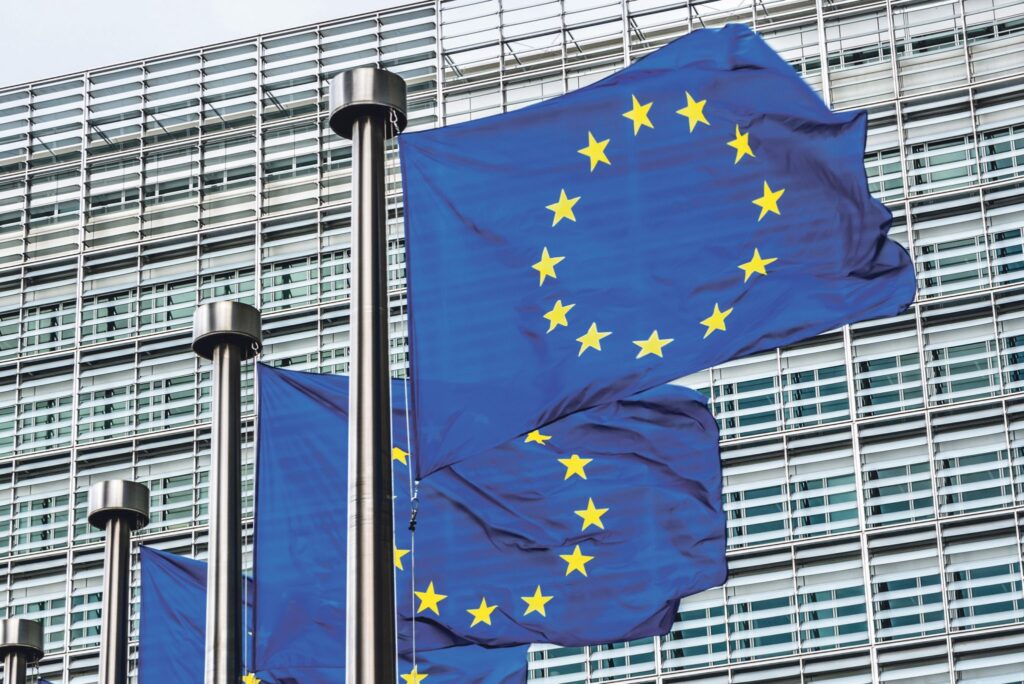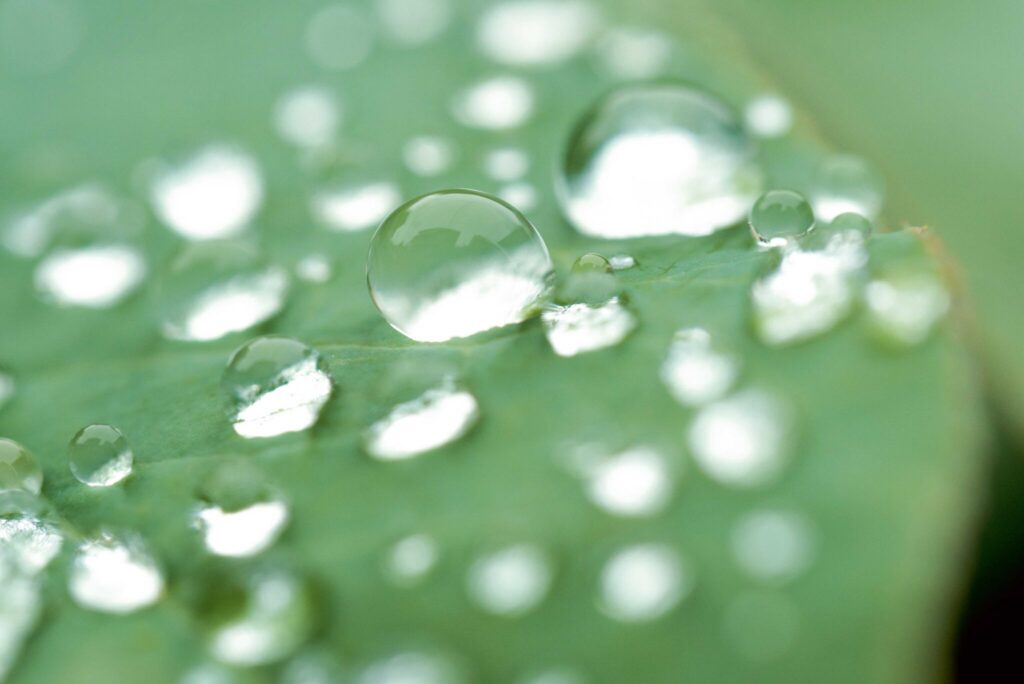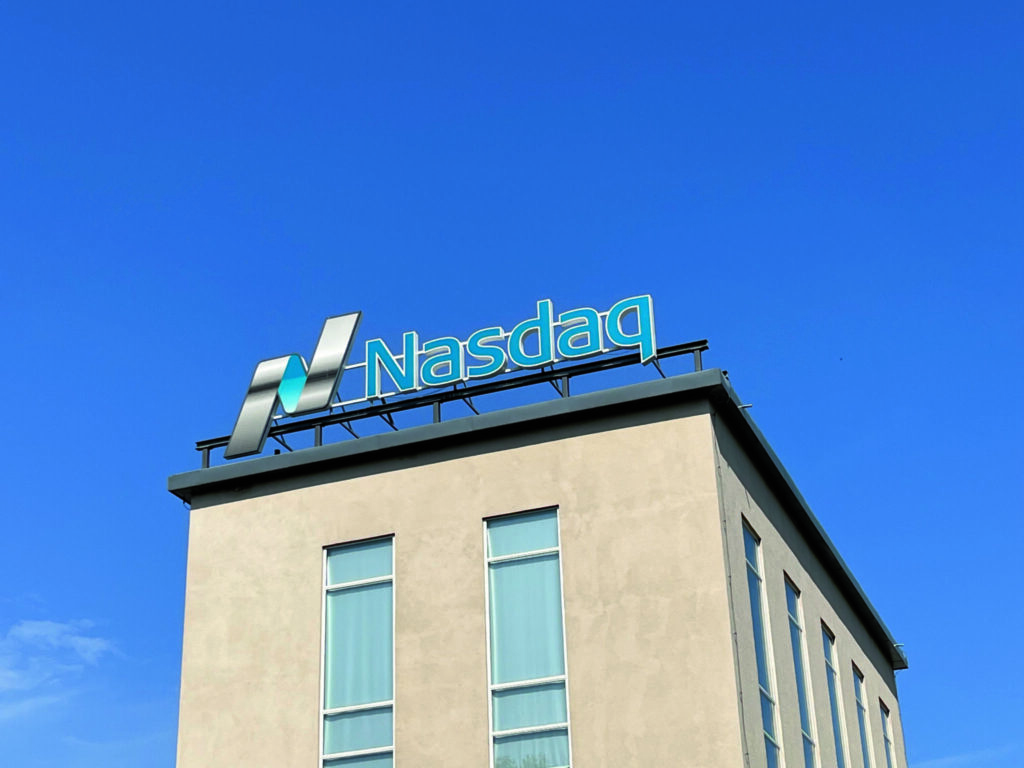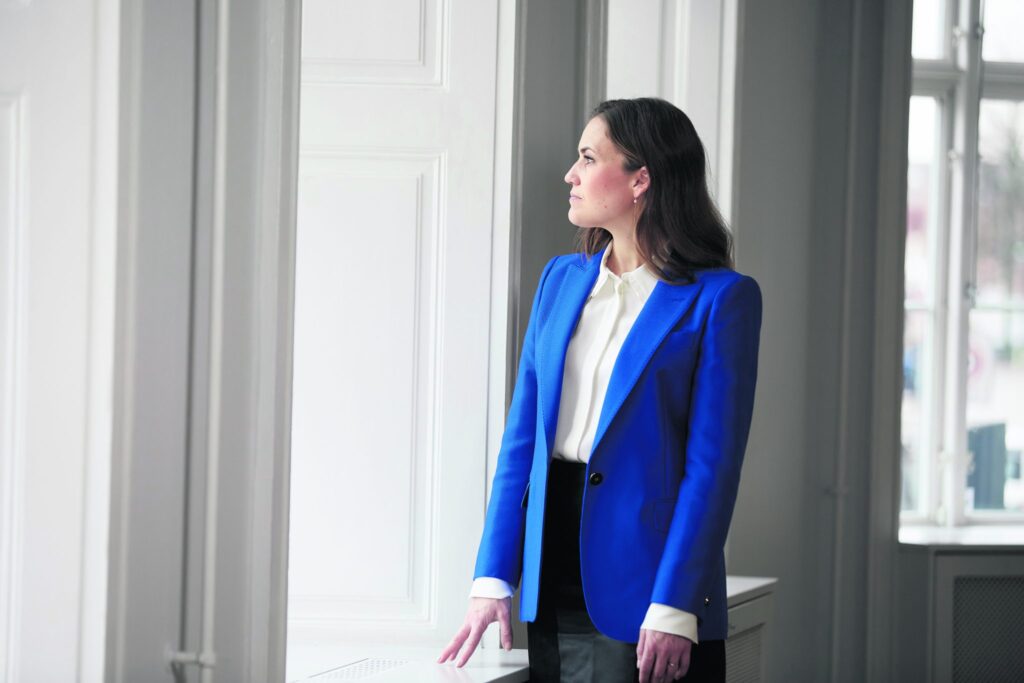Sustainability
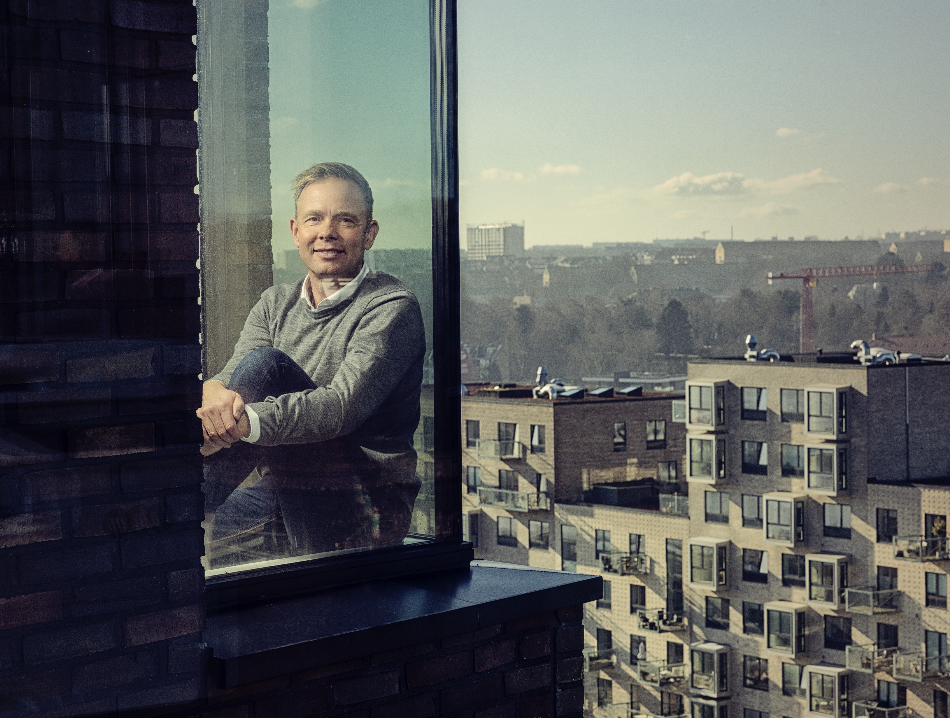
Cotes – the right way to dry
Greg Morton
We may feel good about buying an electric car, for example, but what about the energy consumed in its manufacture? And the battery?
Moisture is, in many ways, an invisible threat, but one that can have huge consequences. if too much moisture is allowed into battery housings or wind turbines, the net positive effect of this “green energy” can be greatly diminished.
This is where Cotes comes in. Manufacturers of “adsorption dehumidifiers” the independent, family-owned Danish company has a long, successful track record in the fields of wind energy production and Li-ion batteries among others, thanks to a high level of competence and numerous patents in line with the growing demand from a rapidly accelerating green energy transition. Cotes’ technology solutions are based on getting rid of moisture and, in the case of offshore environments, airborne salt. The less air and moisture that can get into battery dry rooms, the better the batteries are. And similarly, the less salt and moisture there is inside wind turbines, the more productive they are.
How do Cotes dehumidifiers work?
In simple terms, Cotes’ dehumidifiers work by capturing the humid air that comes into the unit in a rotor which acts as a filter. This rotor has a honeycomb surface coated with silica gel, that attracts water molecules and keeps them “trapped”. The air, now almost free of moisture, is then vented out as dry air.
The answer is blowing in the wind
The wind power industry provides a perfect example of how effective the technology can be, and how great the threat is if humidity is not adequately dealt with. Thomas Rønnow, Owner and Business Development Manager at Cotes, has led the company’s move into the sector, and in offshore turbines in particular, where conditions for energy production tend to be more steady and predictable than on land. “It will be a hot topic in the coming years, because a lot of green energy will be produced in offshore wind turbines, but if they’re not protected, their lifetime will be reduced, they will have more faults and you’ll see more and more expensive breakdowns,” says Rønnow.
“With offshore turbines, the threat is caused mainly by droplets of seawater,” he explains. “When you have waves breaking you get sea water in the air. The big drops just fall down but small droplets become airborne, so out to sea you have a lot of airborne droplets. This combination of salt, water and high humidity can potentially be harmful to turbines, both in the tower and in the nacelle – a bit like in the winter in your car there’s a high risk of corrosion during winter from the salt that is collected,” he adds. And that can be costly. It’s estimated that as much as 25% of all breakdowns in offshore wind turbines are caused directly, or indirectly, by moisture. When they do breakdown it’s expensive business, not just in terms of the lost energy production but also the cost of spare parts and transporting staff and equipment out to sea. The solution developed and patented by Cotes is, in simple terms, a moisture and salt filter.
“We mix the incoming air with dry air and evaporate the water from the seawater droplets,” explains Rønnow. “You’re left with just the salt which will then crystallise. Then we have dry air without salt that we can push into the tower which will go all the way up the tower to the cell and that protects the whole turbine.”
Onshore turbines face similar issues, although in a less aggressive way. “Power converters can frequently break down due to humidity inside the turbine, so we’ve invented another solution again, by adding dry air. Offshore the problem is more about salt, whereas onshore, it’s more about dust and sand in the air, and also a lot of dirt in the air when farmers are harvesting for example,” Rønnow adds.
Charging towards the future
Nevertheless, the prospects for Cotes’ future look bright. “Wind power is seen as one of the major sources of green energy in future and high growth in the industry is expected in the coming years so we see ourselves playing a big role in that development,” says Rønnow
His optimism is well placed. For customers, Cotes’ dehumidifiers represent the most cost-effective and environmentally responsible way to tackle many practical problems across a raft of industries. Having control over issues such as condensation, rust and corrosion, mould and rot, electrical faults and spoilt materials means lower energy costs, reduced expenditure on service and maintenance, a longer service life for equipment, better ROI and a much-decreased environmental impact. Meanwhile, beyond wind power, Cotes has recently made a big push into the Li-ion manufacturing industry, which has boomed in the past two years particularly, due to the demand for batteries and the acceleration of the energy transition
Here again, the need (and potential) for dehumidifying products is clear. Some 43% of the energy demand for lithium battery cell production comes from running dry room dehumidifiers. Extremely dry air (with a dew point of below -40c) is necessary to avoid batteries being exposed to humidity during the manufacturing process. This is important to avoid moisture being trapped inside the battery, which in worst case, can lead to a risk of explosion during charging and discharging. In response, Cotes has patented a technology (Exergic Technology ™) that enables a reduction of the net energy consumption of running the dry room by up to 92%. As a result, the CO2 footprint of the entire battery is reduced by up to 9%.
The right way forward
Another cause for optimism is the increased interest in a safe, well-functioning business. As interest in the battery sector grows, so too does the regulation around it. The EU is creating a new sustainable regulatory framework for the battery industry in Europe which is pushing for more ambitious sustainability goals for EU battery manufacturers. And there will be tougher consequences for those who do not comply. Meaning ultimately that the more forward-thinking operators – like Cotes – look set to be in even more demand than ever before.


